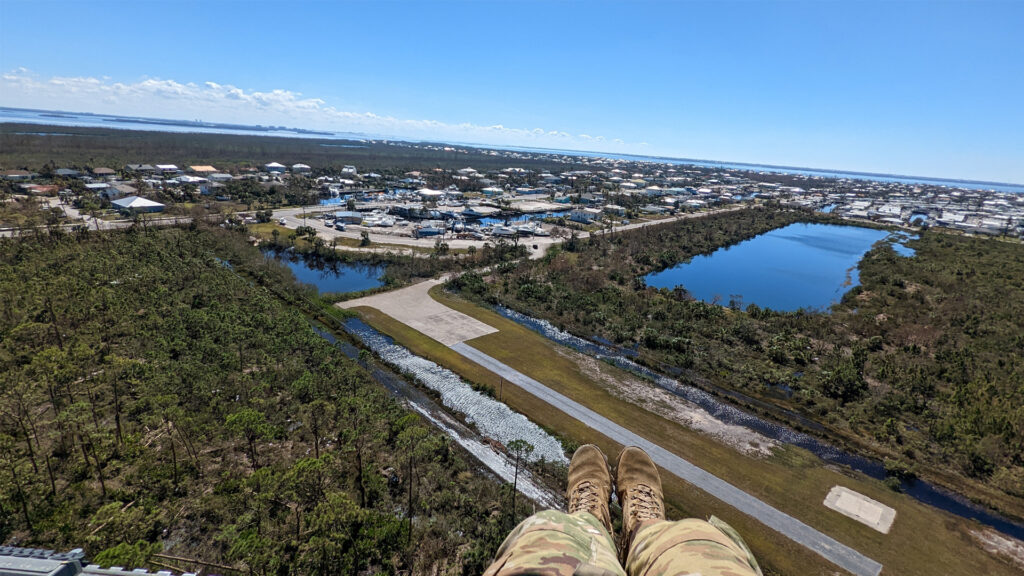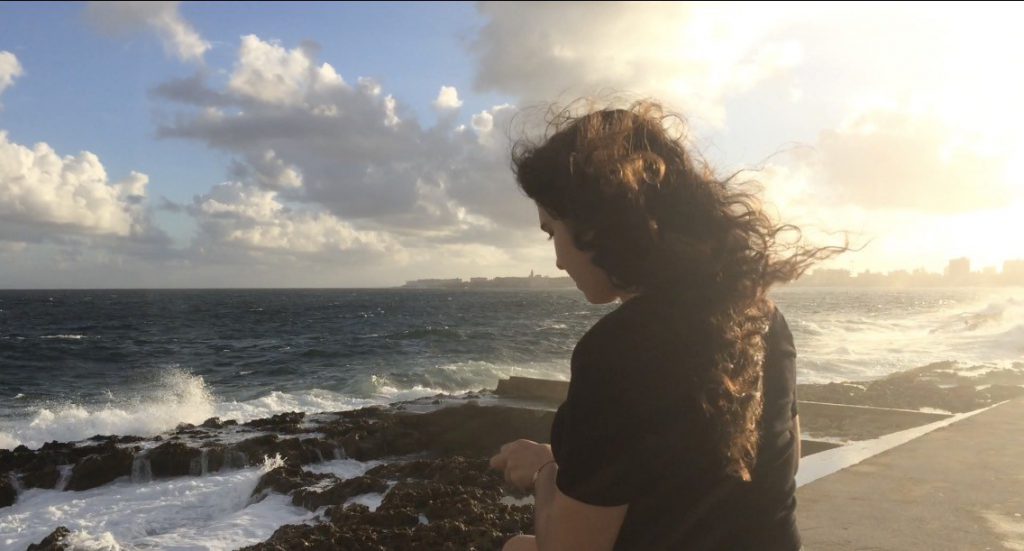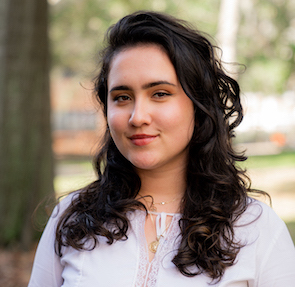By Lauren Bonich
In the wake of Hurricane Ian, a mail carrier and a postal inspector entered the U.S. Post Office on Sanibel Island to assess the damage. But they soon had to step gingerly back out. An alligator had taken up residence in the swamped-out building.
The postal gator gave residents a much-needed fun story to share amid so many lives, homes and businesses destroyed by the Category 4 storm. A local girl named it “Mailagator.” The Sanibel artist Laura Ball, who’s worked as a window clerk at the Post Office for 25 years, designed Mailagator T-shirts to help raise funds for hurricane recovery.

As amusing as the story was, it is also a powerful reminder of the true wild nature of Florida’s barrier islands. Sanibel had preserved an amazing 67% of the island as conservation land with more than half of the island being managed for the gators and wading birds and other wildlife that make the island their home. This preserved land also helped protect the human residents. Ian’s destruction would have been an order of magnitude worse if Sanibel had been paved over or packed with high-rise condominiums.
As climate change intensifies storms and drives sea level rise, nature is taking back some of Florida’s barrier islands. “The ocean is attempting to equilibrate sea levels to reinstate historic sea levels and is swallowing land as a result,” says Andrew Gude, manager of the Cedar Keys National Wildlife Refuge in the northern Gulf of Mexico. “Coastal communities are witnessing severe ecological changes, stronger storms and higher floods.”
The growing risk of living on Florida’s barrier islands has many people contemplating how to better protect life and communities. “One thing is for sure: You cannot mess with Mother Nature,” said Syd Kitson, developer of Babcock Ranch, the inland sustainable community that made it through Ian unscathed. “She is going to win every single time.”
Of the original, 91,000-acre ranch, 90% was preserved as wildland and wetlands that helped absorb Ian’s floodwaters.
Much of those wildlands and wetlands became part of the popular Florida Wildlife Corridor. As barrier islands are battered by storms, areas not rebuilt can be returned to the wild, too. The idea of “rewilding” is growing in popularity, particularly in Europe.
“I would describe rewilding as the passive or active recovery of wildness,” says Florida conservation scientist Reed Noss, one of the earliest researchers to publish on rewilding. “It varies from fairly small scales, up to large scales, and to me, wildness includes complete ecosystems with food webs and natural disturbance regimes (such as wildfires and storms).”

In terms of scale, only so much of the coastal landscape could become wild without disrupting the lives of those who reside on barrier islands and in other risky coastal areas. Ideally, barrier island residents would gradually move inland to areas safe from deadly storms, unstable ground and flood risk. The thousands of Floridians living on barrier islands make it challenging, but not impossible, to think about how to prioritize coastal ecosystems amid a sea of housing and development.
“The natural [coastal] habitats there need to be connected to possible potential wildlife reserves further inland as sea level rises, so that species and whole assemblages of species can move landward with sea level rise as they have in the past,” Noss says. “This is something that Florida has experienced over and over again.”
In Florida, periodic wildfires, floods, intense winds and storms are natural disturbances that flora and fauna are accustomed to. As severe ecological events occur, ecosystems build resilience and bounce back. These so-called “disturbance regimes” are especially beneficial in rewilding and can strengthen coastal ecosystems.
Rewilding the barrier islands can also make Florida’s mainland more resilient to sea rise and other threats from climate change. Mangroves and native vegetation absorb the force of powerful waves and winds, acting as our first shield against deadly floods.
“There’s no excuse for any more destruction of mangroves or salt marshes or other coastal vegetation,” Noss says. “Countless studies have shown the importance of those areas in buffering the effects of storm surge and of the problems related ultimately to climate change.”
Rewilding barrier islands would mean piecing together a complex puzzle of land acquisition; incentives for Floridians to move to safer ground; and long-term planning, likely decades in the making. A key would be to plan strategically to acquire those areas most hazardous to people and essential to ecosystems.
No doubt, living oceanfront provides a certain aesthetic, the ultimate Florida dream. Whether it’s a spiritual connection to expansive shorelines or enjoying the unique communities that make up barrier islands, any time spent in these special places is memorable. But as Florida faces climate change, one of the great challenges of our time, barrier islands represent front-line human and ecological risk.
Leaving barrier islands may seem preemptive and unnecessary to some. But as Floridians, we have an opportunity to plan long-term for human safety, and to be stewards of some of Florida’s most iconic features. Seeing into the misty, uncertain future may feel daunting. As humans, we have a tendency to wait until the last minute or be forced into decisions. But preventative action would allow us to protect the ecosystems that protect us. Gradually moving development inland not only provides more wildlands and wetlands for native Florida species, but helps people settle where they aren’t in danger of deadly hurricane risk.

With its famed sunshine dancing and sparkling over turquoise tides, Florida is to me one of the most beautiful places on this Earth. Florida is an endless bloom, apropos of the name bestowed by Juan Ponce de León.
We have the opportunity to change our world for the better; to keep this state in bloom and ensure that future generations have a blink of the Florida we know and love. Rewilding, an adaptation to change, is a solution that allows us to take action before nature rewilds barrier islands for us. At that point, we will have no choice but to listen.
University of Florida senior Lauren Bonich, who grew up near the coast in Boca Raton, researched rewilding for UF’s fall 2022 Environmental Journalism class project, Living on the Edge: Florida’s barrier islands in an era of change. Lauren, the first person in her family born in the United States and a first-generation college student, earned her bachelor’s degree in natural resource conservation in December 2022 and is working as an environmental educator in Boston.




Roughly 1,000 people per day move to Florida. Most want to be near the beach. I’m not optimistic.